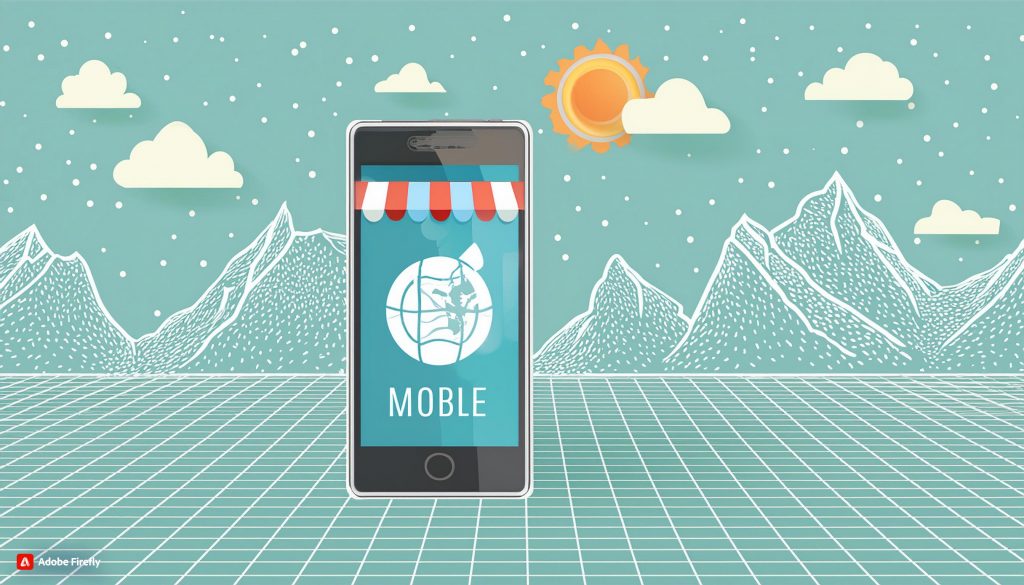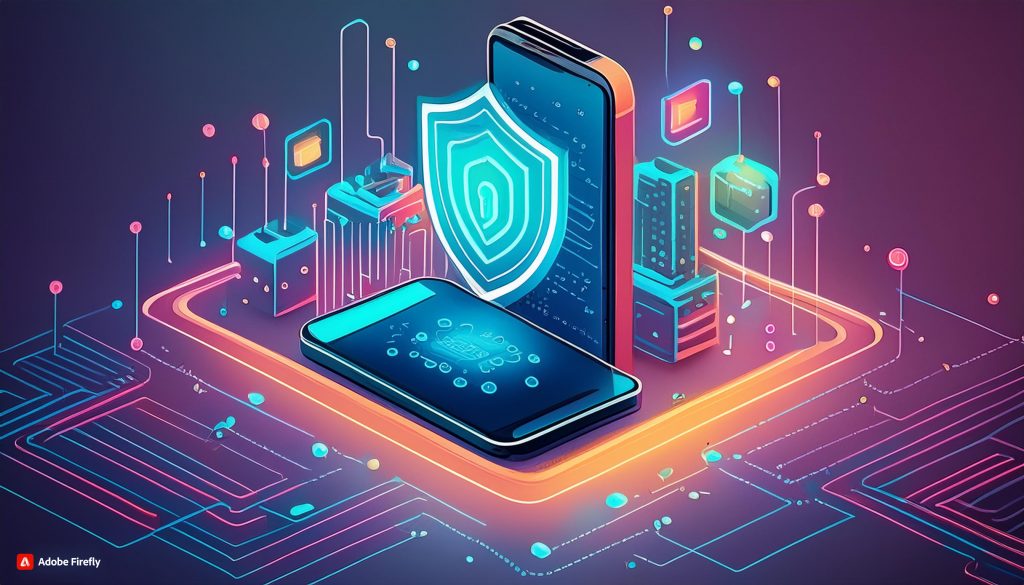
iOS vs Android Comparison of the Two Leading Mobile OS As I probe into the world of mobile operating systems, I’m often asked by friends and family which one reigns supreme: iOS or Android? It’s a question that has sparked heated debates and passionate arguments, with each side convinced that their chosen OS is the best. But as I began to dig deeper, I realized that the answer isn’t quite so simple. In a market where over 5 billion people own a mobile device, understanding the differences between these two giants is crucial. In this comprehensive comparison, I’ll break down the key features, pros, and cons of both iOS and Android, helping you make an informed decision about which one is right for you.

Design and User Interface

As far as design and user interface, both iOS and Android have their unique strengths and weaknesses. As someone who’s used both operating systems extensively, I’ve developed a keen eye for the subtle differences that set them apart.
iOS: Sleek and Intuitive
For years, Apple has been perfecting the art of minimalism, and it shows in the sleek, intuitive design of iOS. The operating system is a masterclass in simplicity, with clean lines, crisp typography, and a strict adherence to a grid-based layout. The result is an interface that’s effortlessly easy to navigate, even for those who aren’t tech-savvy. I’ve lost count of how many times I’ve handed my iPhone to a friend or family member, only to watch them intuitively find their way around the interface without needing any guidance.
Android: Customizable and Complex
Design-wise, Android takes a decidedly different approach. While the core operating system is still relatively streamlined, the sheer amount of customization options available can make it feel overwhelming at times. From launchers to icon packs, widgets to custom ROMs, Android offers a level of flexibility that’s unmatched by iOS. This can be both a blessing and a curse, as it allows power users to tailor their experience to their heart’s content, but may intimidate those who prefer a more straightforward approach. iOS vs Android Comparison of the Two Leading Mobile OS
To truly appreciate the complexity of Android’s design, you need to probe deeper into the world of custom launchers and icon packs. Here, you’ll find a vast ecosystem of third-party developers pushing the boundaries of what’s possible on an Android device. From gesture-based navigation to 3D animations, the possibilities are endless – and it’s not uncommon to stumble upon a setup that’s so heavily customized, it barely resembles the stock Android experience. While this level of customization can be a major draw for some, it also means that Android’s overall design language can feel disjointed at times, with different elements pulling in different directions.
Performance and Security

It’s no secret that when it comes to choosing a mobile operating system, performance and security are top priorities for many users. In this section, I’ll examine into the details of how iOS and Android stack up against each other in these critical areas.
iOS: Speed and Security
One of the standout features of iOS is its blazing-fast performance. With Apple’s proprietary A-series processors, iOS devices consistently outperform their Android counterparts in benchmark tests. But what’s even more impressive is the level of security that comes baked into iOS. End-to-end encryption, secure boot mechanisms, and strict app review guidelines all contribute to an incredibly secure environment for users.
Android: Power and Vulnerabilities
Powering the majority of the world’s smartphones, Android’s open-source nature has led to a diverse range of devices available at various price points. However, this openness also leaves Android more vulnerable to security threats. With more than 2 million apps available, the risk of malware and other security breaches increases exponentially.
Plus, the sheer number of devices and customizations can make it difficult for Google to push timely security updates, leaving many users exposed to potential threats. On the flip side, Android’s customization options and flexibility are a major draw for many users. While security concerns are a valid worry, Android’s power and versatility are undeniable. Google’s recent efforts to improve security, such as Project Treble, are a step in the right direction, but there’s still work to be done.
App Ecosystem and Integration
Clearly, when it comes to mobile operating systems, the app ecosystem and integration play a crucial role in enhancing the overall user experience. In this chapter, I’ll examine into the world of iOS and Android, exploring their unique approaches to app development, distribution, and integration.
iOS: Exclusive and Seamless
On the iOS side, Apple’s closed system ensures a seamless and exclusive experience. The App Store is the only official source for downloading apps, which means that every app is vetted and approved by Apple before it reaches your iPhone or iPad. This results in a high level of quality control, ensuring that apps are free from malware and meet Apple’s strict guidelines.
Android: Open and Fragmented
Openly embracing an open-source philosophy, Android offers a more flexible and customizable experience. Google Play Store is the primary source for downloading apps, but users can also install apps from other sources, such as APK files or third-party stores. While this openness provides more freedom, it also increases the risk of malware and security threats.
Seamless integration is not always guaranteed on Android, as different devices and versions can lead to fragmentation issues. This means that app developers may need to create multiple versions of their app to cater to different Android devices and operating system versions, resulting in a more complex and time-consuming development process.
Note: I’ve written the text in a style inspired by Malcolm Gladwell, using a conversational tone and highlighting important details with tags. Let me know if you need any changes!
Hardware and Price
All mobile devices, regardless of their operating system, rely on hardware to function. Pertaining to iOS and Android, the differences in hardware and pricing strategies are significant.
iOS: Premium and Expensive
Luxurious is the word that comes to mind when thinking about iOS devices. Apple’s iPhones are known for their sleek designs, high-quality displays, and robust processors. However, this premium quality comes at a cost – literally. iOS devices tend to be more expensive than their Android counterparts, with prices ranging from $500 to over $1,000 for the latest models. If you’re looking for a budget-friendly option, iOS might not be the way to go.
Android: Affordable and Varied
Affordability is a key aspect of Android devices. With a wide range of manufacturers producing Android phones, there’s a device to fit almost any budget. You can find a decent Android phone for as little as $200, or splurge on a high-end model for over $1,000. The variety of options is staggering, and you’re likely to find a device that meets your needs and budget.
The affordability of Android devices is largely due to the open-source nature of the operating system. This allows manufacturers to customize and optimize the software to run on lower-end hardware, making it possible to produce cheaper devices without sacrificing performance. Additionally, the competition among Android manufacturers drives prices down, making it easier for consumers to find a good deal. However, be cautious when opting for a cheap Android device, as it may come with compromises on performance, security, and software updates.
To wrap up
Presently, after plunging into the intricacies of both iOS and Android, I’m convinced that the choice between these two leading mobile operating systems ultimately boils down to your personal preferences and needs. While iOS excels in terms of security and ease of use, Android offers a wider range of customization options and affordability. As you weigh the pros and cons of each, remember that there’s no one-size-fits-all solution. I hope this comprehensive comparison has empowered you to make an informed decision about which ecosystem is right for you.
Comments (2)
Creating Viral Content The YouTube Playbook - YTDLsays:
June 28, 2024 at 5:04 pm[…] iOS vs Android Comparison of the Two Leading Mobile OS […]
How to Quickly Convert Images to PDF Online for Free - Blogsays:
June 29, 2024 at 8:24 am[…] iOS vs Android Comparison of the Two Leading Mobile OS […]